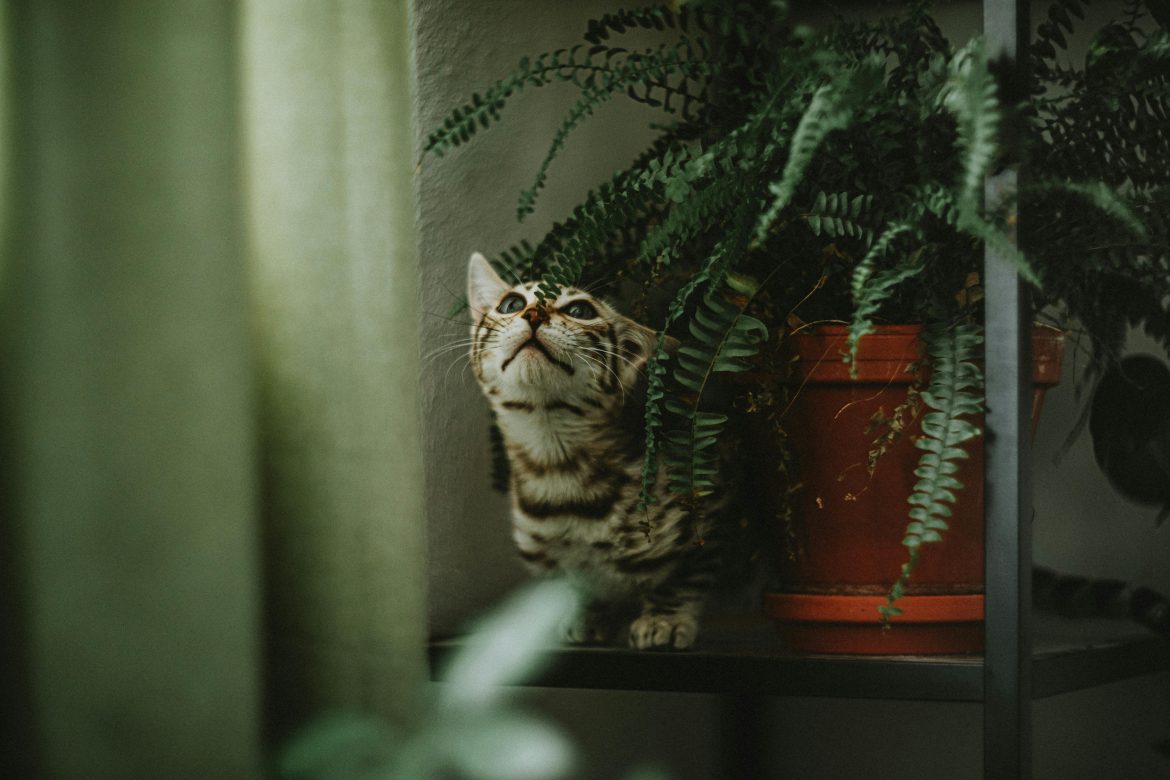Having indoor plants is a great way to brighten up your space, but if you’ve got curious pets at home, you know they can be a bit too interested in your greenery. Whether it’s a dog digging up your potted plant or a cat using your fiddle leaf fig as a scratching post, keeping pets and plants apart can feel like an impossible task. Here’s how you can keep pets away from your indoor plants.
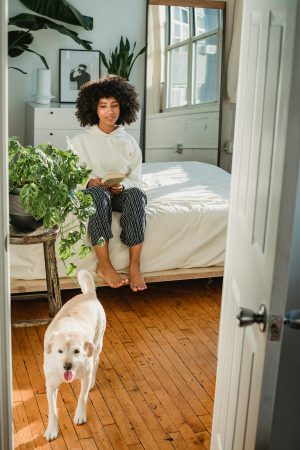
Pexels
Choose pet-friendly plants
First things first, make sure your plants aren’t harmful to your pets. Some plants, like lilies, are toxic to cats, while others like aloe vera can upset your dog’s tummy. Opt for pet-safe plants like spider plants, Boston ferns, and prayer plants. This way, even if your pet does take a nibble, you won’t need to rush to the vet.
ALSO SEE: Indoor plants that can be hazardous for pets and children
Use natural deterrents
Pets tend to dislike certain smells, so using natural repellents can be a great way to keep them away from your plants. Citrus is one scent they can’t stand—try placing orange or lemon peels in your pots. You can also mix up a homemade spray with diluted vinegar or cayenne pepper and spritz it around the plants (but not on the plants themselves, as it could harm them).
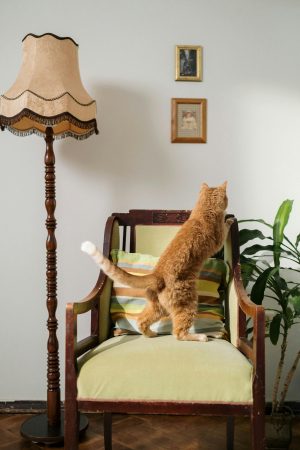
Pexels
Create physical barriers
If your pet is especially persistent, physical barriers might be the only way to keep them away from your plants. You can use decorative fencing or wire plant covers for larger pots. For smaller plants, place them on high shelves or hang them from the ceiling where your pets can’t reach them. Hanging planters also make for an interesting decor choice!
Tip: Cats love to climb, so ensure any shelving you use is stable and out of reach of your adventurous feline.
Train your pets
Consistency is key when it comes to training your pets. Teach them that plants are off-limits with positive reinforcement. When they stay away from your plants, reward them with treats or praise. If you catch them in the act, firmly say “no” and redirect their attention to their toys.
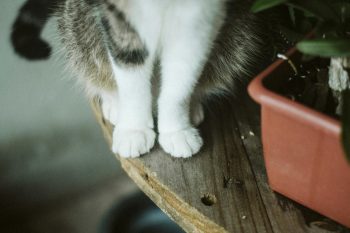
Pexels
Give them their own plant
Sometimes pets just need something of their own to chew on. Grow a little patch of pet-safe grass (like wheatgrass or cat grass) for them to munch on instead. This satisfies their curiosity and leaves your precious plants alone.
Many pet stores sell pre-grown pet grass that you can easily place in a sunny spot.
Distract them with toys
Boredom is often the reason why pets turn to plants for entertainment. Make sure your pets have plenty of toys to play with, scratch, or chew on, so they don’t see your plants as the next best thing. Puzzle toys, chewable items, or even a cardboard box for your cat can work wonders in keeping them occupied.
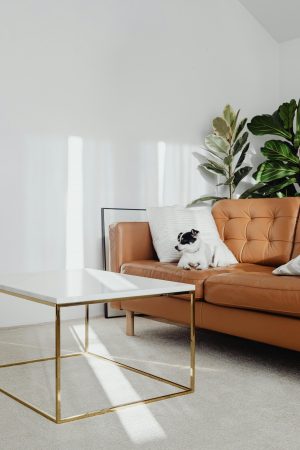
Pexels
Rearrange your plants
Strategically placing your plants can make a world of difference. Put your most tempting plants (like those with dangly leaves or fun textures) in less accessible areas. Corners, behind furniture, or rooms where pets are not allowed can act as safe zones for your more vulnerable greenery.
Double potting for extra protection
For pets that like to dig, double-potting your plants can help. Place your plant in a smaller pot inside a larger decorative pot and fill the space between with rocks or pebbles. This adds a barrier that’s harder for pets to get through.
ALSO SEE:
Featured Image: Pexels

